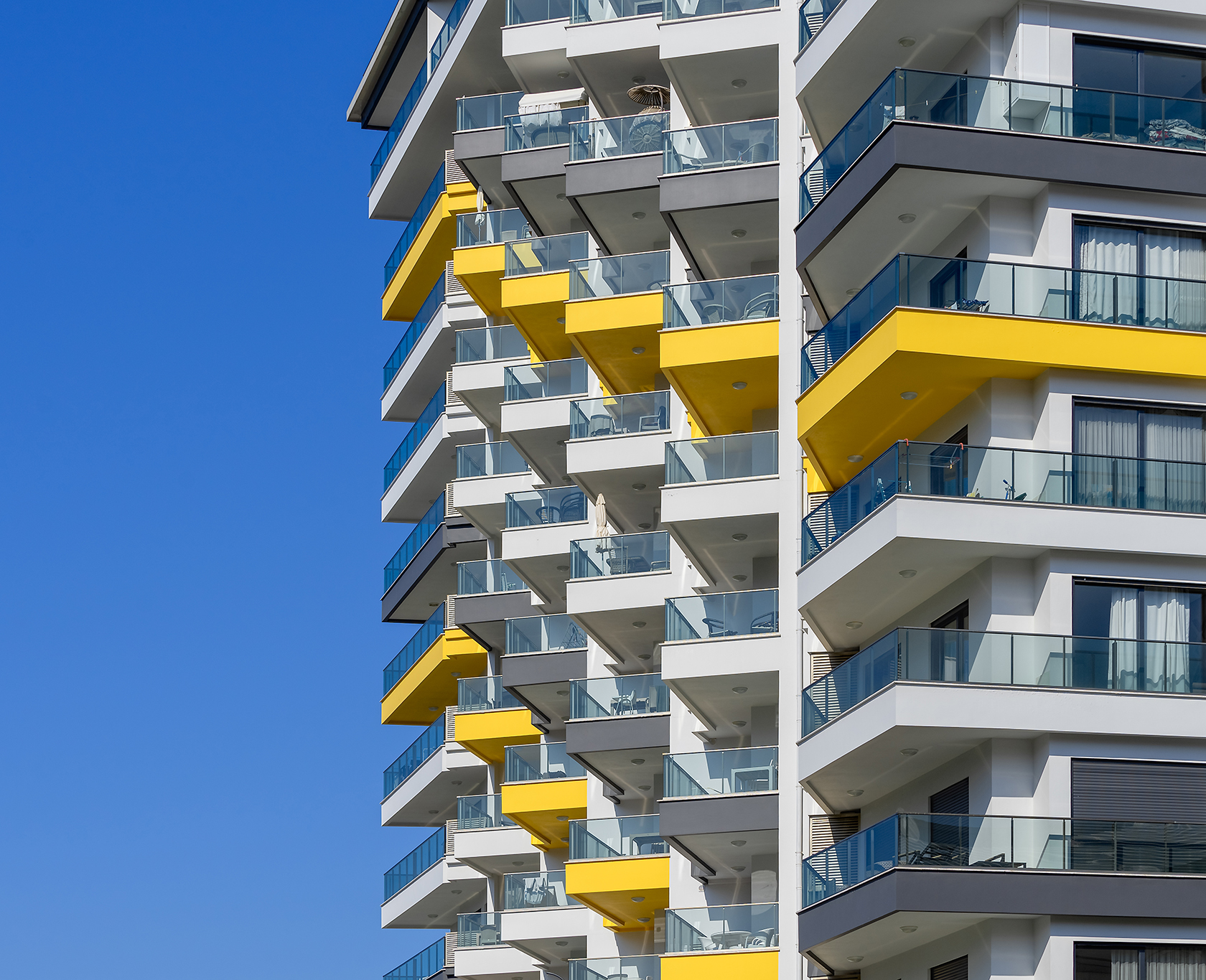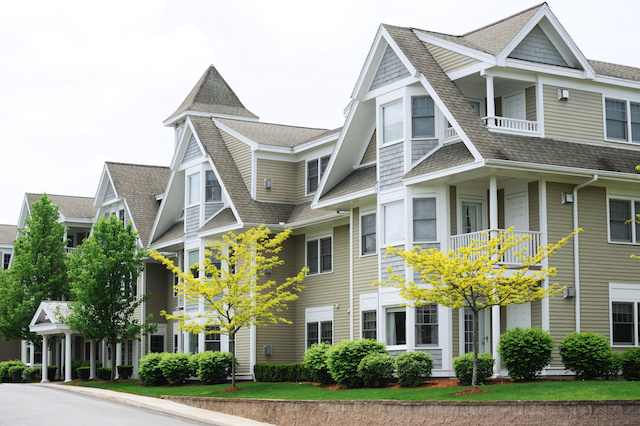How Condominium HOA Regulates Shared Areas and Boosts Community Consistency
The administration of common spaces within a condominium association plays a crucial function in fostering community cohesion and keeping residential or commercial property values. With the establishment of detailed standards, the Condominium HOA not only manages the usage of public amenities but also promotes a society of respect and liability amongst locals.
Duty of the HOA
The homeowners association (HOA) offers as the governing body for condominium areas, playing an essential role in keeping the residential property and advertising a cohesive living environment. It is responsible for establishing and applying neighborhood rules and regulations, which are made to maintain the visual value and functionality of the common space. This administration guarantees that all citizens abide by a standard set of assumptions, fostering a sense of unity amongst diverse homeowners.
Additionally, the HOA manages the economic facets of the area, including budgeting, collecting dues, and preserving usual locations. This monetary oversight is essential in making certain that required maintenance and improvements are brought out immediately, improving residential or commercial property worths gradually. The HOA additionally acts as a liaison in between homeowners and external entities, such as city government and company, addressing common concerns efficiently.
Furthermore, the HOA commonly arranges area events and programs, motivating neighborly communications and developing relationships amongst locals. By assisting in open interaction and attending to grievances, the HOA adds to a harmonious living environment. Therefore, its diverse duty is crucial in making certain the smooth procedure and overall contentment within condo communities.
Policies for Shared Areas
Efficient administration in condo neighborhoods demands clear regulations for shared rooms, which are vital for maintaining order and advertising a feeling of area among homeowners. These regulations work as guidelines that guarantee every person can delight in usual locations, such as swimming pools, yards, and recreational facilities, without dispute.

Furthermore, tidiness and upkeep requirements are essential, commonly stating that residents need to cleanse up after themselves and report any type of damages to the property owners' organization. By plainly interacting these assumptions, the HOA can lessen misunderstandings and motivate regard among citizens.
Ultimately, well-defined policies for shared rooms add to the overall quality of life in a condominium area, permitting residents to exist together in harmony while taking pleasure in the services that enhance their living experience. condo hoa.
Significance of Neighborhood Standards

Neighborhood guidelines play a considerable function in promoting a natural and respectful atmosphere within condominium associations. These guidelines develop clear assumptions for locals, promoting a sense of accountability and shared responsibility. By marking appropriate habits and practices, community standards aid stop misunderstandings and conflicts amongst citizens.
Additionally, these guidelines act as a framework for preserving the aesthetic and functional stability of shared spaces. They make certain that all citizens follow criteria pertaining to property upkeep, noise degrees, and use of communal facilities. This uniformity not just improves the aesthetic charm of the community however likewise adds to general home values, profiting all property owners.

Dispute Resolution Techniques
Navigating problems within a condo association calls for a structured strategy to make sure efficient and reasonable resolution. Effective dispute resolution techniques often start with open communication, urging citizens to voice worries in a considerate way. Developing an assigned network for grievances, such as a tip box or an on-line forum, can facilitate this procedure.
Arbitration is one more crucial approach, where a neutral 3rd party assists disputing residents reach an equally agreeable option. This approach cultivates partnership and understanding, decreasing hostility - condo hoa. The HOA board need to also establish clear treatments for dealing with grievances, making sure all parties know the actions included
Regular problem resolution training for board participants can improve their ability to take care of conflicts efficiently. Using a distinct framework, such as the "Interest-Based Relational Technique," aids focus conversations on rate of interests as opposed to settings, advertising a solutions-oriented mindset.
Benefits of Neighborhood Harmony
Fostering area consistency within a condominium organization brings many advantages that boost the overall living experience for locals. A harmonious neighborhood encourages cooperation and cooperation among neighbors, causing a much more congenial ambience. When homeowners really feel connected and highly regarded, they are more probable to involve in common tasks and get involved in decision-making processes, causing a stronger feeling of belonging.
Moreover, area consistency significantly reduces disputes and misconceptions, which can otherwise interfere with every day life. A serene environment reduces tension and advertises mental well-being, permitting locals to appreciate their homes totally. In addition, harmonious partnerships often equate into boosted property worths, as prospective purchasers are attracted to areas characterized by security and cooperation.

Verdict
Via the establishment of clear guidelines and area standards, homeowners are urged to maintain a liable and respectful atmosphere. straight from the source Eventually, the initiatives of the HOA add to a natural area, advertising both residential property values and overall resident satisfaction.
Additionally, the HOA usually arranges neighborhood occasions and programs, encouraging neighborly interactions and building relationships amongst residents. By delineating acceptable actions and techniques, community guidelines help prevent misunderstandings and conflicts amongst homeowners.
In addition, area standards assist in efficient interaction amongst citizens and the Homeowners Organization (HOA) With the establishment of clear rules and community standards, citizens are motivated to preserve a answerable and considerate atmosphere. Ultimately, the efforts of the HOA Learn More contribute to a natural neighborhood, advertising both property worths and overall resident satisfaction.